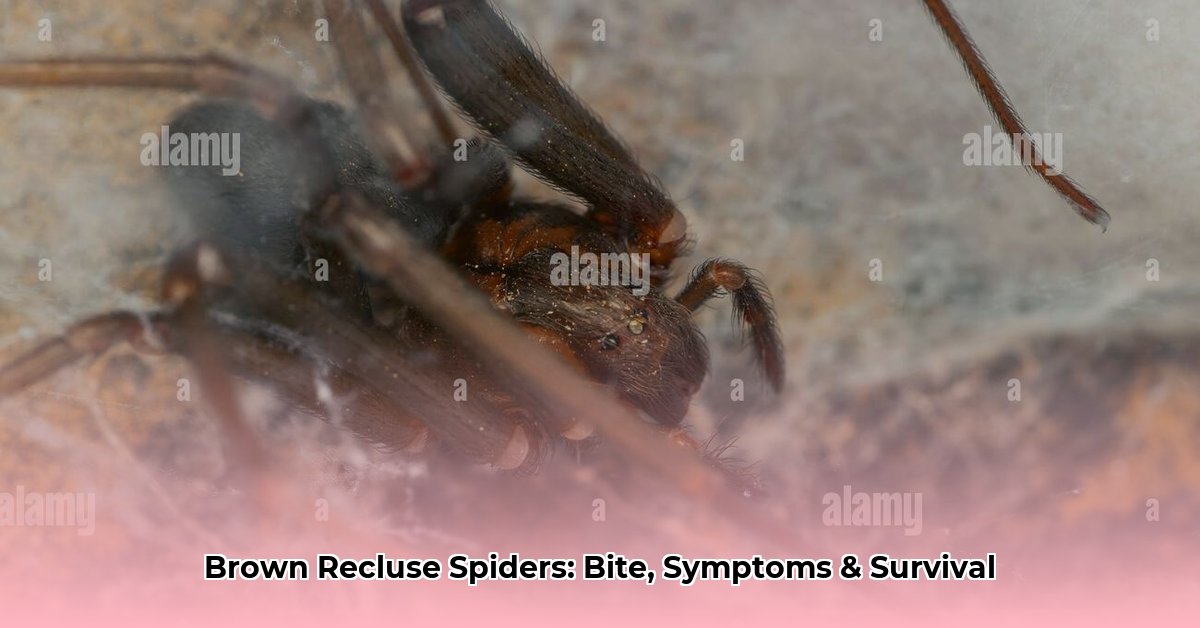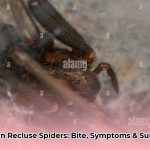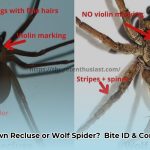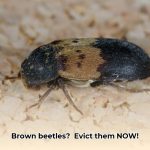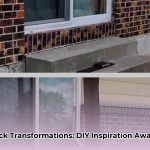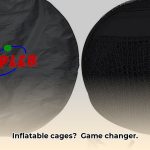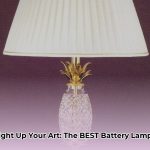Brown recluse spiders. The name alone can make your skin crawl. But knowledge is power. This comprehensive guide provides actionable advice and accurate information to help you identify, eliminate, and prevent brown recluse nests in your home. We’ll replace fear with facts, turning you into a recluse-nest expert.
Understanding the Recluse and Its Lair
Before tackling nests, let’s get to know the spider itself. This understanding is vital for accurate identification and effective control.
Recluse 101: Appearance and Habits
Brown recluses are small, typically about the size of a quarter with legs extended. Their color ranges from light tan to dark brown. The infamous “fiddle” marking on their back can be misleading, as it’s not always distinct and other spiders share similar markings. A more reliable identifier is their eye pattern: six eyes arranged in three pairs, unlike most spiders which have eight. They are true to their name, preferring dark, undisturbed areas like closets, storage areas, basements, attics, and woodpiles.
Decoding the Web: What a Recluse Nest Really Looks Like
Forget the classic spiderweb image. Brown recluse nests are messy, irregular tangles of off-white, grayish, or yellowish threads. They’re not sticky like typical webs, serving more as a retreat than a hunting tool. Look for them in hidden, undisturbed corners, often tucked away in seldom-used areas. You might find small, silken egg sacs resembling miniature pearls within the nest.
Web vs. Cobweb: Know the Difference
Distinguishing a brown recluse nest from other spiderwebs is key. Regular spiderwebs are often intricate, symmetrical structures designed for catching prey. Recluse webs are disorganized and used for shelter, resembling abandoned cobwebs. This difference is crucial for proper identification.
Signs of a Recluse Infestation
Finding a single web doesn’t necessarily signal an infestation. However, multiple webs, especially in close proximity, along with shed skins (translucent husks) and dark droppings, suggest a more significant presence. Increased spider sightings, particularly in undisturbed areas, further strengthen this suspicion.
Safe Nest Removal: A Step-by-Step Guide
Suspect a recluse nest? Don’t panic. Here’s a safe removal process:
- Gear Up: Protect yourself with gloves, long sleeves, and eye protection.
- Vacuum Power: Vacuum the nest, eggs, and any visible spiders. This is the most effective removal method.
- Dispose with Care: Seal the vacuum bag in a plastic bag and place it in an outdoor trash can.
- Insecticide (Optional): Use a spider-specific insecticide, focusing on potential hiding areas, not just the web. Always follow product instructions carefully.
- Infested Items: Seal potentially infested clothing or bedding in plastic bags before washing in hot water or discarding.
Preventing Future Infestations: Recluse-Proofing Your Home
Prevention is the best defense. Here’s how to make your home less appealing to brown recluses:
- Declutter: Eliminate hiding places.
- Seal Entry Points: Caulk cracks and crevices in walls, floors, and foundations.
- Clean Regularly: Pay attention to storage areas, basements, and attics.
- Store Smart: Use sealed containers for storage.
- Outdoor Maintenance: Keep woodpiles away from the house and clear debris.
Bitten? First Aid and Medical Advice
While brown recluse bites are rare, it’s good to be prepared.
First Aid
- Cleanse: Wash the bite area with soap and water.
- Cool Down: Apply a cold compress to reduce swelling and pain.
- Elevate: Keep the bitten area elevated.
- Pain Relief: Over-the-counter pain relievers can help manage discomfort.
When to Seek Medical Attention
While most bites heal without incident, seek medical attention if:
- A necrotic lesion (dark, dead tissue) develops.
- You experience fever, chills, nausea, or other systemic symptoms.
- The bite area worsens or shows signs of infection.
A picture of the spider (if safely obtainable) can aid diagnosis, but never risk further contact.
Calling in the Pros: When to Seek Professional Help
Consider professional pest control if:
- DIY methods are ineffective.
- The infestation is widespread.
- You’re uncomfortable handling the situation yourself.
Frequently Asked Questions (FAQ)
- Are all brown spiders recluses? No. Many harmless brown spiders resemble recluses. Accurate identification is essential.
- Are recluse nests seasonal? They’re more active in warmer months but can be found indoors year-round.
- Can sticky traps catch them? Yes, particularly along walls and baseboards where recluses travel.
Additional Resources
For more information, consult your local university extension office or a reputable pest control association.
| Feature | Brown Recluse Web | Other Spider Webs |
|---|---|---|
| Shape | Messy, irregular, tangled | Often geometric, organized (orb weavers), or loosely tangled (cobwebs) |
| Color | Off-white, grayish, yellowish | Varies (white, silver, yellow) |
| Texture | Sticky, loosely woven | Varies (sticky, dry) |
| Location | Hidden, undisturbed areas (closets, storage, woodpiles) | Varies, often more visible locations |
Empowered with knowledge, you can now confidently address brown recluse nests. Remember, while these spiders can be a concern, understanding their habits and taking preventative measures can help minimize their impact and allow for peaceful coexistence. While the information presented here is based on current research, the study of brown recluse spiders is ongoing, and our knowledge continues to evolve.
- Burning Plastic Smell in House: Causes, Solutions, and Safety Measures - April 8, 2025
- Best Bug Killer for Yard: Effective Pest Control Guide (2024) - April 8, 2025
- Brown Recluse Spider Bites: Identification, Treatment, and Prevention - April 8, 2025
